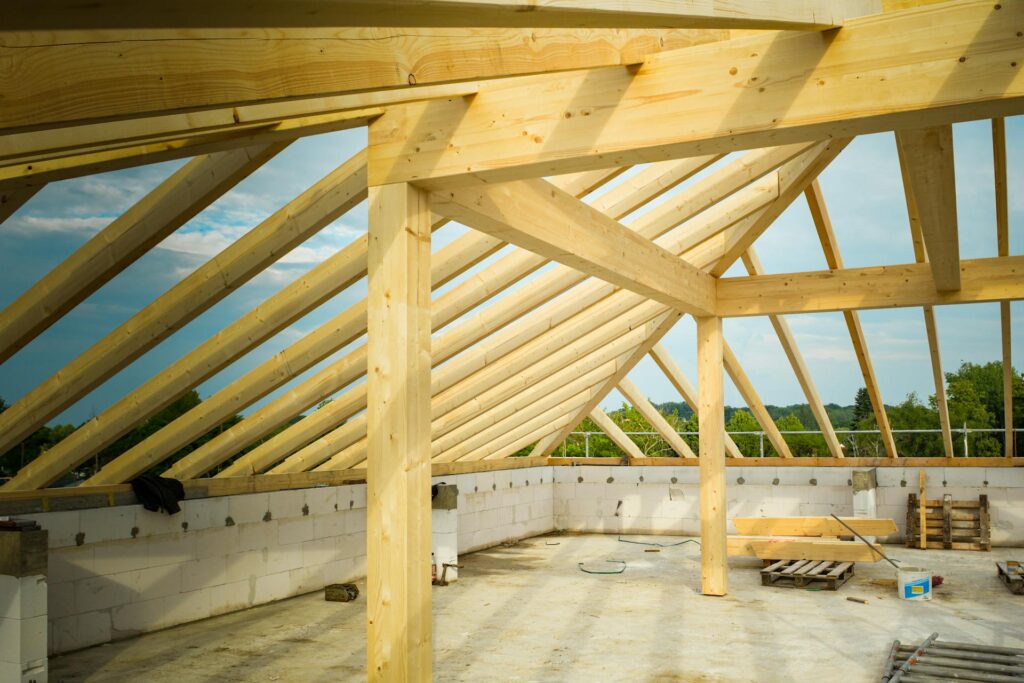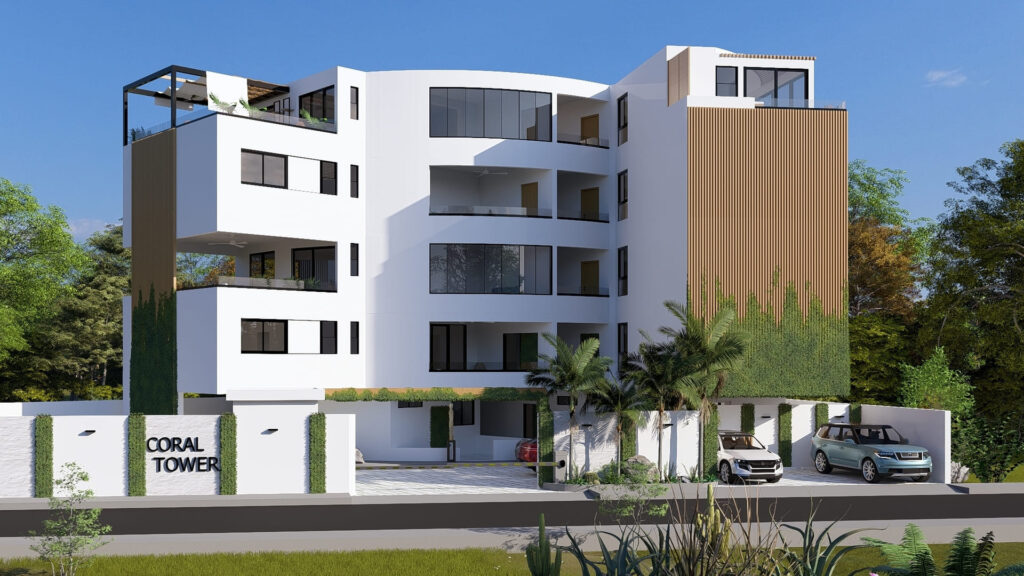Living in a tropical area like Las Terrenas comes with many advantages: paradise beaches, lush vegetation, and warm weather all year round. However, when it comes to building a home, the climate also presents certain challenges. One of the most important is choosing the right type of roof. In this guide, we’ll explain the best roofs for humid climates and what you should consider to ensure your home is ready to withstand moisture, heavy rain, and heat.

Humid Climate in the Dominican Republic: What Makes It Unique?
In coastal and tropical regions of the country, such as Samaná, Puerto Plata, or La Romana, rainfall is frequent, the air is warm, and humidity levels remain high year-round. These conditions directly affect building materials, especially roofs, which are constantly exposed to water, sunlight, and salty sea air.
That’s why building in humid areas requires tailored solutions designed for resistance, durability, and efficiency.
What Should a Good Roof Have in a Tropical Climate?
It’s not just about covering a house: a good roof in a tropical zone performs several key functions:
- Waterproofing: prevents leaks and protects the internal structure.
- Ventilation: allows hot air to escape, reducing indoor temperatures.
- Resistance to corrosion and mold: especially important in areas near the ocean.
- Proper slope: ensures rainwater runs off quickly, avoiding accumulation.
With these criteria in mind, let’s explore the most recommended types of roofs.
Best Roof Types for Humid Climates
- Gable Roof (Pitched Roof)
This classic design is ideal for rainy regions. Its sloped shape allows water to drain easily, preventing leaks. It also supports good airflow when combined with wide eaves. - Ceramic or Concrete Tiles
Tiles are a stylish and durable option. They’re perfect for colonial or Mediterranean-style homes, which are common in tropical regions. While they require a solid support structure, they provide excellent resistance to moisture. - Metal Roofs (Zinc or Galvalume)
Lightweight, strong, and long-lasting. These roofs, when paired with thermal insulation, offer a practical and cost-effective solution. They’re widely used in humid regions, as long as they receive proper anti-corrosion treatment. - Green Roofs (Living Roofs)
Though less common, green or garden roofs are an eco-friendly alternative. They act as natural insulation against heat and help regulate moisture. However, they do require professional waterproofing and regular maintenance.
Roof Design Tips for Humid Zones
Beyond choosing the right materials and shape, there are several key considerations you should never overlook:
- A minimum slope of 30° to prevent water accumulation.
- Properly sized gutters and downspouts to handle heavy rainfall.
- Thermal insulation and professional waterproofing to enhance performance.
- Use of mold- and corrosion-resistant materials for long-term durability.
Working with a company that understands these challenges is essential to avoid long-term issues.
Why Work with Professionals in Tropical Construction?
At All Project Group SRL, we don’t just design and build—we consider how your home can perform best in its specific environment. We adapt each project to the local climate by selecting the right materials, structures, and finishes for high-humidity areas.
We know that a poorly designed roof can lead to leaks, damage, and unnecessary expenses. That’s why we guide you from the first sketch to the final detail, ensuring quality and efficiency every step of the way.
Building in a Tropical Area?
Choosing the right roof doesn’t just protect your investment—it also improves your quality of life. If you’re planning to build in a humid area of the Dominican Republic, we invite you to explore how we can help you get it right from the start.
Visit our construction page for more information: https://allprojectgroup.com/construction-company-in-las-terrenas







